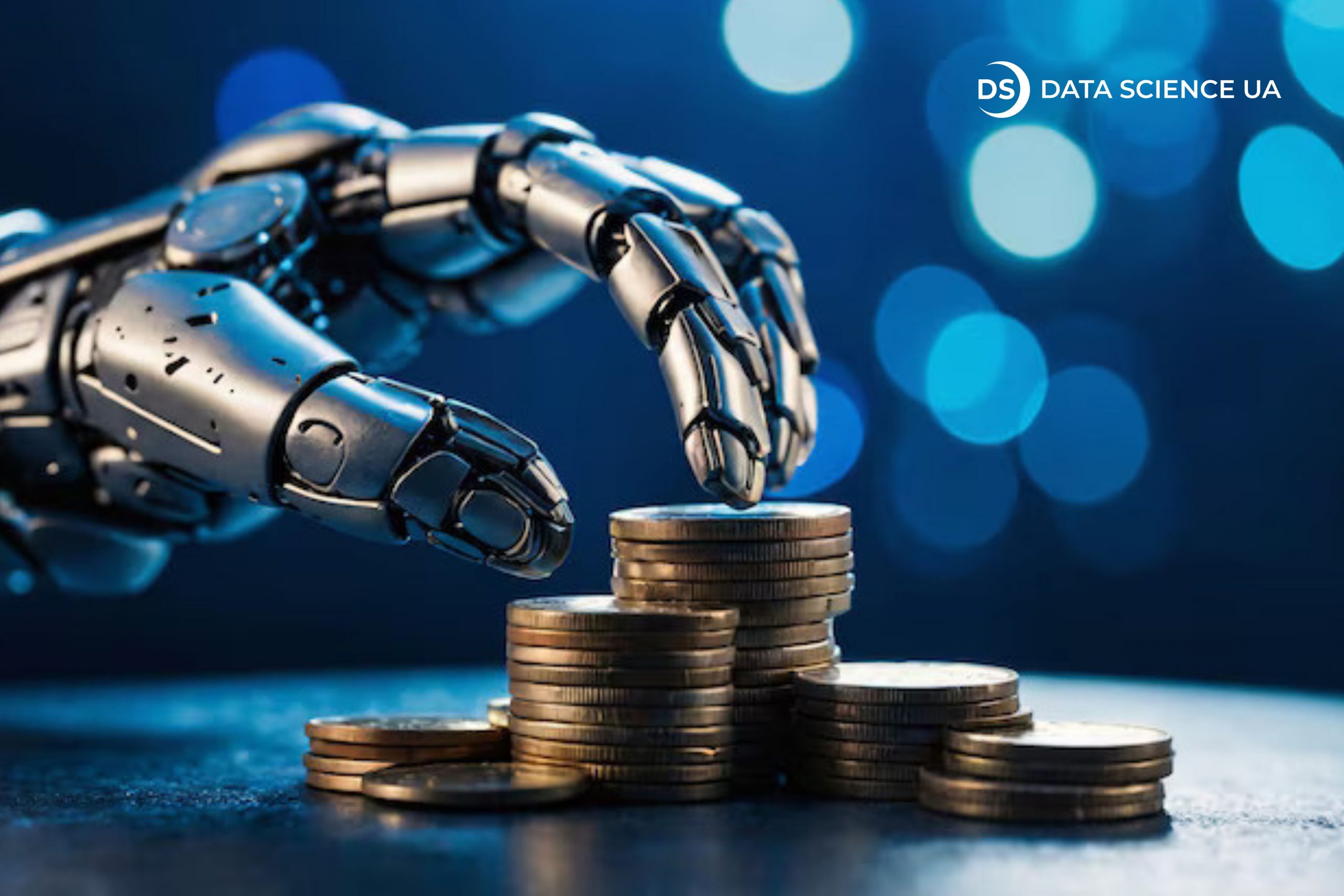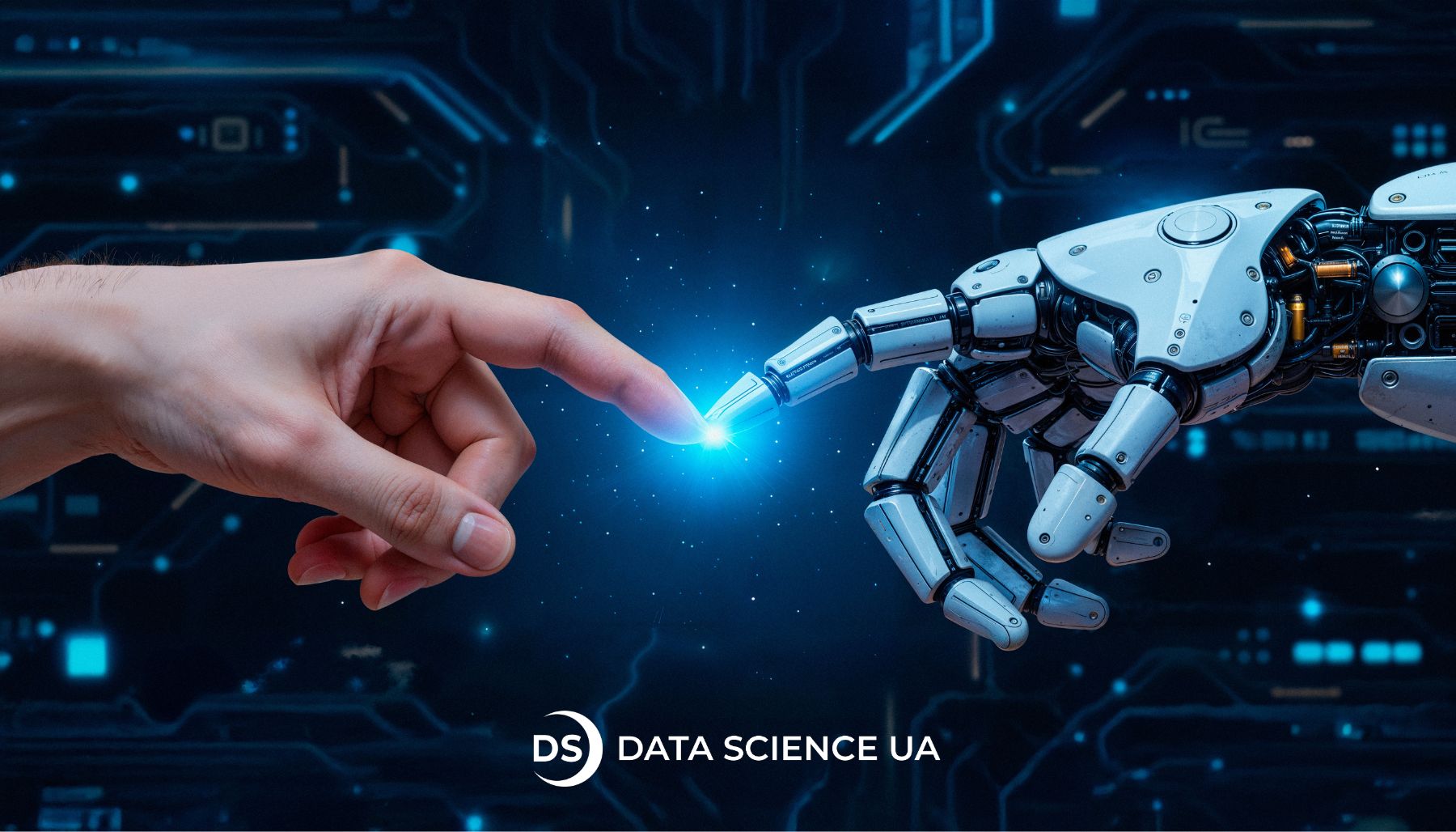How AI decreases costs: Options for increasing business savings
How AI helps reduce cost
With innovation running as a trend in almost any industry, everyone wants to know: is AI cost-effective? AI has evolved into the core of new business strategy, with revolutionary capabilities saving costs largely and driving operations efficiency. In light of rising competition and receding margins, the need to leverage AI right in the modern business environment has become more evident than ever. Non-agile businesses can lose out in the age when the companies adopting technical innovations are in a position to gain a considerable competitive edge. To find an inside take on it, explore our guide to learn how much does artificial intelligence cost.
In this article, we will also explore how does ai reduce costs, so let’s start!
The most effective ways to reduce costs with AI
Automating repetitive work
The majority of companies spend a lot of money on redundant work that AI can automate. Chatbots and RPA help automate mundane tasks so that workers are left free to perform high-level thinking. This meant faster response times and lower labor costs, demonstrating the direct impact AI can make on the bottom line.
Enhancing decision-making
AI can handle and analyze tremendous volumes of data within a very short period. At organizations such as Goldman Sachs, AI software compares market patterns to enhance investment processes. Evidently, organizations making data-driven decisions can enhance productivity and profitability by 5-6%, according to a report by McKinsey. This refers to the innate function of AI in reducing risk and enhancing monetary performance, especially during periods of volatility in markets.
Is AI cost effective: Supply chain management streamlined
Inefficiency in the supply chain can put profitability at a serious risk. Supply chain capacity can be improved using AI in the form of demand forecasting and optimization of inventory levels. AI is used by organizations such as DHL to perform correct demand forecasting, thereby minimizing operation costs and optimizing delivery. For more information, refer to AI in logistics and supply chain. A World Economic Forum report explores how does AI reduce costs and estimates that AI can save logistics firms as much as $1.5 trillion by 2025 with supply chain optimization. To business, that is not only cost savings; it’s competitiveness.

Image from Pexels (source)
Reduction of operational and maintenance costs
AI can forecast equipment failures and schedule maintenance, cutting operation costs exponentially. Siemens uses AI-based predictive maintenance systems during production, anticipating technical support needs before they lead to downtime. This approach can lower maintenance expenses by 10-40% according to Deloitte. This fact offers an undeniable reason for companies to enhance their operational reliability though investing in AI technology.
Increasing energy efficiency
Energy costs a lot for most firms and AI is one way of optimizing this kind of expense. It is capable of analyzing usage patterns and suggesting actionable strategies for their improvement. Google has applied AI to its data centers saving as much as 30% of their energy resources. Such a strategy not only allows for savings on operational costs but also caters to growing consumer and regulatory pressure for sustainability. Firms that neglect energy efficiency will increasingly come under criticism from stakeholders who do care about green responsibility.
Fraud detection and risk mitigation
When fraud becomes increasingly clever, AI delivers sound answers to identify and contain risk. American Express is among the banks that utilize AI algorithms to monitor flows of transactions and identify irregularities in real time. Proactively, they have saved millions of dollars worth of losses. The Association of Certified Fraud Examiners (ACFE) says that businesses that employ the use of AI for fraud detection experience a 50% reduction in fraud losses, supporting the significance of AI in safeguarding business assets.
AI-generated marketing cost savings
Effective marketing propels business growth but costs a lot. AI enhances marketing by learning from customer data to create personalized campaigns. Netflix, for example, applies AI to suggest content to users individually, resulting in higher audience engagement and retention. Research has indicated that AI-driven targeted marketing can be 50% more effective than using conventional means, making the use of data-driven marketing worthwhile to maximize ROI.
Hidden benefits: Strategic gains beyond cost
By freeing up time and augmenting insight, AI allows companies to:
- Enter new markets faster;
- Develop new products based on real-time customer feedback;
- Respond more quickly to competitive action;
- Provide improved user experiences;
- Build greater loyalty through personalization
These attributes grant AI-adopting businesses a competitive edge — one that fuels cost savings and long-term top-line revenue growth.

Image from Pexels (source)
Advantages of applying AI to save costs
Saving money is not the only agenda in investing in AI; it also leads to higher efficiency, productivity, and better customer experience. To find out more about what AI can do for you, visit our AI development services page.
How to succeed with money-saving strategies using AI
Discovering money-saving opportunities
Comprehensive evaluations need to be conducted to determine where AI can bring efficiencies. A recent survey stated that almost 50% of business owners are embracing AI tools for process automation. With increasing awareness of AI potential, companies experience the need to explore how AI can generate value for their business in particular.
Ensuring high-quality and accessible data
The performance of AI systems is largely dependent on data quality. Organizations must invest in robust data management systems so their data is available and correct. Poor-quality data can destroy AI projects, leading to poor decisions and wasted efforts.
Establishing scalable and AI-ready infrastructure
In order to effectively adopt AI, businesses need scalable infrastructure that can handle increasing demands. Businesses that fail to invest in such infrastructure will be left behind since they will not be able to effectively leverage AI.
AI systems also require occasional updates and adjustments to remain effective. Organizations must implement ongoing improvement processes so their AI solutions remain relevant and continue to deliver long-term value. According to Gartner, organizations that continuously optimize their AI systems can achieve up to 20% higher returns on their AI investments.
Real-life example: AI adoption in manufacturing
A mid-market electronics firm implemented AI to predict machinery failures. In six months, they:
- Cut downtime by 25%
- Reduced maintenance expenses by 35%
- Generated ROI in 7.5 months
This was made possible through clean data, cross-functional efforts, and leadership backing for digital change.
Such changes are being experienced across agriculture, mining, and auto industries — demonstrating the broad applicability of AI.
How Data Science UA assists companies in AI solutions adoption
Data Science UA brings 8+ years of applied experience and a team of multi-domain experts, including PhDs, into custom AI development. With a strong portfolio of 200+ successful projects and a deep understanding of client’s needs, we are trusted for delivering beneficial AI solutions across sectors. Understanding the importance of relevant knowledge, Data Science UA also offers companies AI corporate training. Our courses are designed to equip both technical and business teams with practical insights for their further development while requiring minimal investments.
We value the principles of cost-efficiency and accessibility, striving to offer high-value low-budget projects. Staying transparent and focusing on reliability, our team makes sure Data Science UA services pose a value proposition for businesses of all sizes looking to enhance the productivity of their operations.

Image from Pexels (source)
Now you know more about how AI reduces costs!
The integration of cost-effective AI into business functions provides a unique opportunity for cost reduction and enhanced efficiency. In this article, various ways in which AI cost efficiency can save money for companies were explored, from automating processes to more informed decision-making and optimizing the supply chain. Now, businesses need to focus on identifying their cost-saving potential, ensuring the quality of their data, creating scalable infrastructure, and continuously improving their AI system’s performance for the most favorable outcomes. Businesses can position themselves for long-term success in a more competitive market by prioritizing their investments in AI.
FAQ
How does AI reduce human error and lower decision-making costs?
AI reduces human error based on reason over gut feeling and therefore makes informed and improved decisions. In evaluating vast amounts of data at high velocity and detecting patterns likely to be overlooked by the human mind, AI reduces mistakes by cognitive failure or fatigue. In finance, for instance, AI algorithms will evaluate market patterns and history to be capable of providing actionable advice in curtailing the ability for costly errors in investment.
Which sectors can benefit the most from cost savings through AI?
Among sectors experiencing major benefits from AI-powered cost saving are:
- Manufacturing: AI enhances operation efficiency through predictive maintenance, reducing downtime, and maximizing resource use.
- Logistics: AI helps DHL predict demand, optimize supply chain management, and reduce shipping costs.
- Finance: AI-based solutions identify fraud and optimize investment plans, saving money and reducing risks.
- Healthcare: AI automates clerical work and improves diagnosis, reducing the cost of operations with better patient care.
- Marketing: AI analyzes customer data to create targeted campaigns, improving conversion rates and reducing the cost of customer acquisition.
Can AI reduce labor expenses in businesses?
Yes, AI can dramatically reduce labor expenses by substituting repetitive and time-consuming work. With the help of AI-enabled tools such as chatbots for customer service or robotic process automation (RPA) for automating data entry, organizations can minimize the necessity for large teams to perform the same. By doing so, organizations can reallocate human resources to more strategic initiatives, thus leading to increased productivity and lower overall labor costs. AI also adds to operational efficiency, which is another cost-cutting area.





